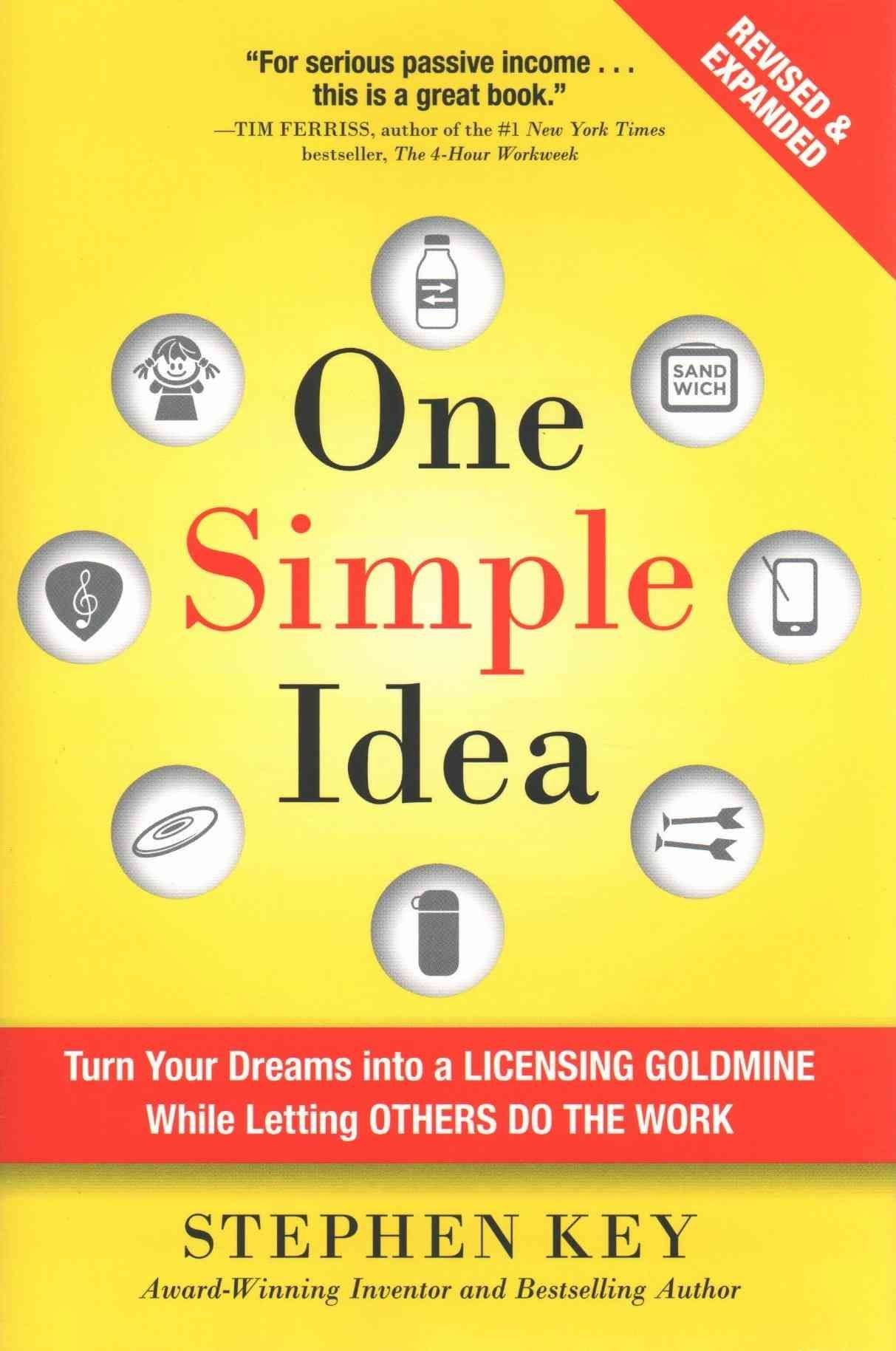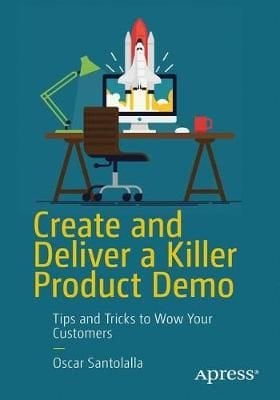Computer Integrated Manufacturing (CIM) is the computerized handling of integrated operational processes between production planning and control, design, process planning, production, and quality assurance. The consistent application of information technology, along with modern manufacturing techniques and new organizational procedures, opens up great potential for rationalization by speeding up processes, thereby reducing stocks and improving product structure and delivery times. Following a comprehensive justification of the CIM integration principle, this book discusses the current state of applications and new demands arising from the integration principle as applied to the individual CIM components. The interfaces between business and technical information processing are considered in detail. The main emphasis, however, is on strategies for realization and implementation based on concrete experi- ence. The “Y-CIM information management” model, developed and tested at the author’s institute, is presented as a procedural method for implementing CIM and demonstrated using up-to-date examples. In addition to the procedure for developing a CIM strategy, concrete sub-projects are developed which are directed at specific sector or enterprise structures. The survey of further CIM developments including design stage cost estimation, use of expert systems and inter-company process chains have proved to be effective CIM components since the first edition of this book and are now treated in the main text. Six German and five American industrial implementations are presented to illustrate the diverse areas of emphasis in the implementation sequence, and to indicate how CIM can be realized with currently available data processing tools.












